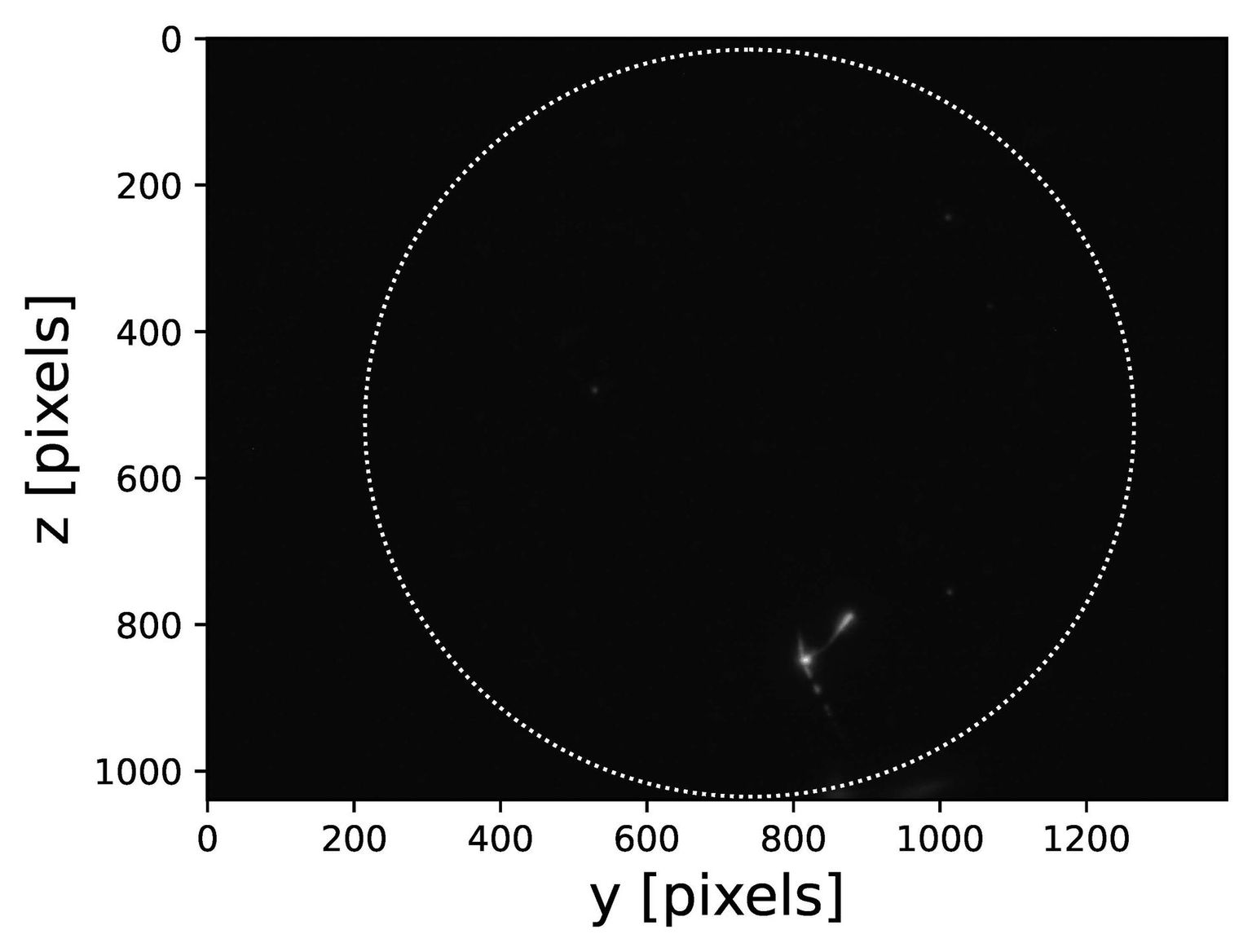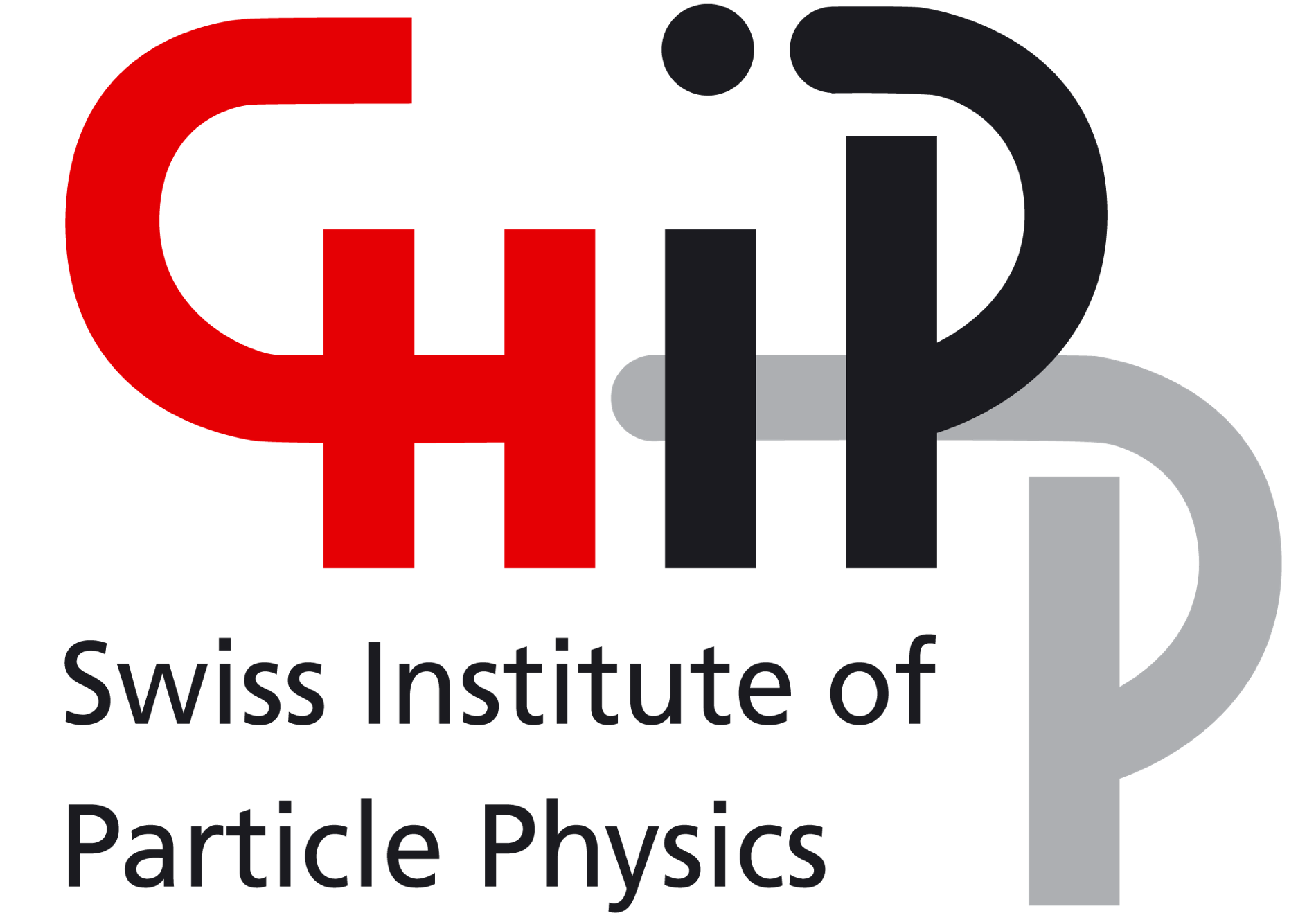Antihydrogen: check! GBAR completes key step in antimatter research
Positrons: in their cloud. Antiprotons: generated. Deceleration: achieved. Mixing: check! The antimatter experiment GBAR has just published a paper in which it reports on their first detected antihydrogen atoms. This is a key step towards the ultimate goal of antimatter research: finding a reason for the asymmetry between matter and antimatter.

Must everything that goes up also come down? We know that things that we throw up in the air fall back down to Earth because of gravity. But would the same happen to antimatter? A few experiments are on their way to find out, and the GBAR experiment at CERN in Geneva is one of them. If it indeed finds that antimatter and matter behave differently in free fall, it could mean a possible answer to the question where all the antimatter went. We know that it must have existed at the very beginning of our Universe and that it is gone now, and physicists think that the key is a tiny difference between matter and antimatter, which are otherwise identical save for their opposite quantum numbers, for example their charge. Studying antimatter in gravity is one of many approaches to search for this difference.
But before the GBAR collaboration of some 50 scientists from France, Switzerland, Japan and a few other countries can even begin to tackle this central question of particle physics, they need to complete a track of rather serious technical hurdles. One of them has just been met, they report in this paper: they produced and observed their first very own antihydrogen atoms.
Whereas hydrogen consists of one proton and one electron, antihydrogen is made up of their anti-particles: one antiproton and one positron. So the first step to produce antihydrogen is to produce its components. For GBAR’s positrons, electrons at an energy of nine million electronvolts (MeV) from a linear accelerator are shot onto a tungsten target, producing positrons, which are first collected in a series of electromagnetic traps, cooled and then sent to a layer of nanoporous silica. This produces so-called positronium atoms, a combination of a positron and an electron.
The other antihydrogen component are the antiprotons, which arrive at GBAR with the help of the ELENA ring: the Extra Low ENergy Antiproton ring, which is connected to the antiproton decelerator AD at CERN and decelerates antiprotons down to 100 kilo electronvolts (keV). The lower their energy, the better scientists are able to study them. At 100 keV however, they are still too high-energy for GBAR’s purposes. Therefore the antiprotons get decelerated with the help of a drift tube within the GBAR setup from 100 keV to energies below 10 keV, ready for trapping and assembly into antiatoms. When an antiproton beam meets the positronium atom cloud, antiprotons and the positrons from the cloud may form antihydrogen, which is then measured in the GBAR detector. At the end of 2022, the collaboration detected some twenty antihydrogen atoms.
“This is a key step, but it’s the first of many,” says Paolo Crivelli from ETH Zurich. “In order to eventually study antihydrogen in free fall, we need to produce positively charged antihydrogen ions with two positrons first. We need them to have a charge in order to trap them in an electric field and cool them down before converting them to neutral antihydrogen atoms. In order to produce these ions, we need to drastically increase the number of positrons and thus the density of the positronium cloud. The system is running well, but we’re not up to spec yet.” He expects this to take another couple of years.
The positive antihydrogen ions are an important part of the experiment because in contrast to neutral antiatoms, which are experimentally very difficult to handle, the hope is that their energy can be reduced enough to basically have them at rest to enable the detailed study of antihydrogen in free fall – any excess initial velocity will result in an uncertainty in the experiment. For this to happen, the team needs to increase the production of antiatoms first, which they plan to do by adding particle traps to increase the particle density and optimising the way positrons are produced. The final measurement will catch the start of the antihydrogen’s fall by laser pulse and its end by the signal that occurs when the antiproton reaches the vacuum chamber walls and annihilates with a proton. “This will allow to reconstruct the time of flight and therefore the gravitational acceleration for anti-hydrogen and compare it to the gravitational acceleration for hydrogen. This should allow us to reach an accuracy in this comparison at the 1% level,” Crivelli explains.
In the meantime, however, GBAR scientists will continue to look for tiny differences between hydrogen matter and antimatter: the Lamb shift, the anomalous energy difference between two electron orbitals in the hydrogen atom, is an effect that is scientifically well known and has been studied in detail for hydrogen atoms. Will it be the same for antihydrogen? The collaboration thinks that their system looks promising to do this test at very fine detail. The first results are expected for 2024 or 2025.
Author: Barbara Warmbein
If the word positronium got you hooked you might be interested to learn more about the studies on muonium, another topic that Paolo Crivelli and colleagues are working on: https://www.psi.ch/en/science/scientific-highlights/making-sense-of-the-muons-misdemeanours
GBAR is an acronym for Gravitational Behaviour of Antihydrogen at Rest. The experiment is situated in CERN’s “Antimatter Factory”, the Antiproton Decelerator Hall. It started running in 2018.



